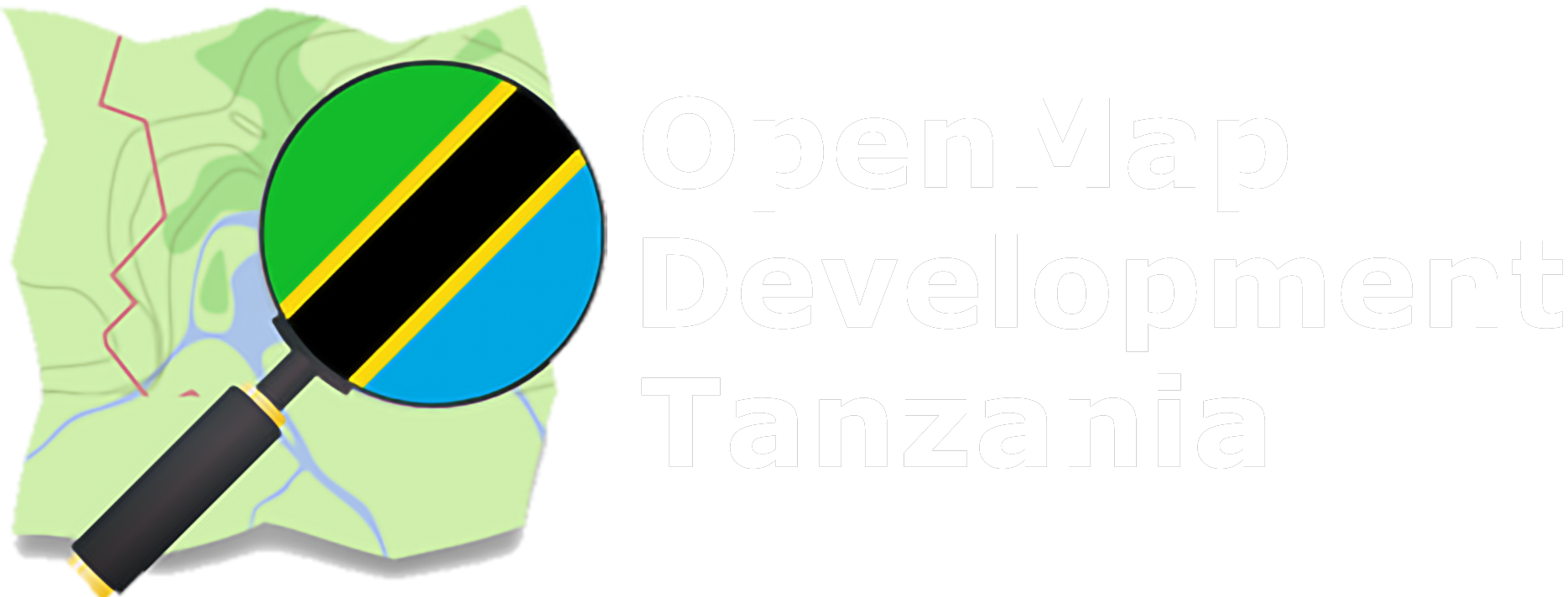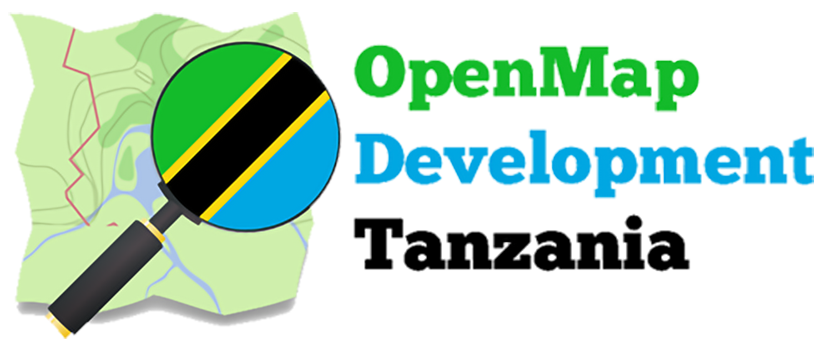The research done in the Kikuletwa Catchment area pointed out some coordination challenges between authorities in charge of water resource management. River committees formed mainly by smallholder, farmers have been operating independently and neither communicate with each other nor formally interact with the basin Water Board or office (Komakech & Van der Zaag,2013).
Natural Resources Stewardship (NatuReS) partnerships aim to promote joint management of natural resources. During stakeholder consultative meetings under the Usa River and Weruweru Sustainable Water Management partnerships, in the process of developing joint action plans to improve water security, stakeholders highlighted key challenges that need to be addressed to improve water resources governance:
● Existing data gaps in monitoring water balance in Weruweru River, outdated registry of water users, and volume they are abstracting, hence lack evidence-based decisions.
● Lack of clear communication mechanisms in place between and among the authorities
(LGAs, Basin Water Board, WUA, and water users).
The assignment aimed to digitally visualize the existing information of the surface abstraction in Usa River from 2018. It provides a digital visualization of specific furrows or irrigation schemes with details of their users, location, GPS coordinates, furrow or type, and capacity/model of equipment used. This assignment thus provided a base for establishing how to visualize allocated water and permits in the selected sub-catchments to inform decision-making on water allocation.
The OMDTZ has managed to create Pangani Basin Data Visualization Map with full combined use
to the financial department and general visualization to other users. The information displayed
includes:
● Permits status with pop-up,
● Abstraction payment,
● Water right,
● Pending application, or temporary permit,
● Water user types, rivers, and catchments.
We used data collected in 2018 in the Usa River catchment area. The WRM Permits Inventory in Excel format was the main data visualized on the web map platform. Other data formats were later received in PDF and shapefile format that support QGIS. Reviewing and cleaning data which included georeferencing images to get vector data ready for visualization using QGIS and open refine to perform the above activities before visualization. This involved OMDTZ pitching the best platform to be used for hosting the map/data and also sharing of data so that the OMDTZ team can start undertaking the assignment. After data cleaning, we started online map making by comparing two selected platforms i.e
Carto and Mapme.

